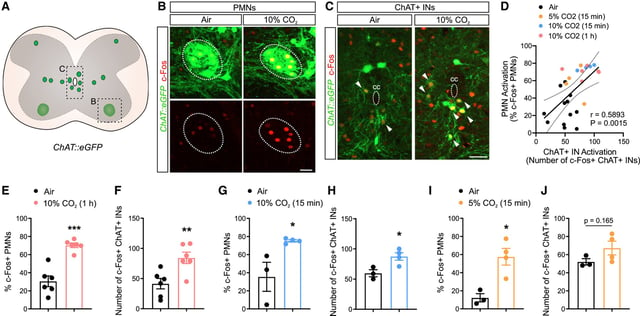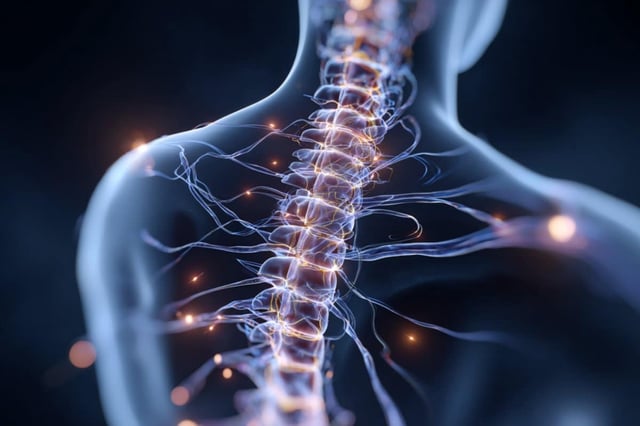Overview
- Researchers used monosynaptic mapping to identify genetically defined V0C cholinergic interneurons as the predominant spinal input to phrenic motor neurons that drive diaphragm contractions.
- Electrophysiology, behavioral assays and microscopy in genetically modified mice showed these interneurons receive phasic excitation from brainstem centers and augment respiratory output via M2 muscarinic receptors under hypercapnia.
- Selective silencing of V0C interneuron neurotransmission significantly impaired the adaptive breathing response to elevated CO₂, underscoring their critical role in respiratory control.
- Published in August 2025 in Cell Reports, the findings build on over 30 years of motor-circuit research at Case Western Reserve and involve collaborators from St. Andrews, Calgary and the Biomedical Research Foundation Academy of Athens.
- The research team has initiated next-stage preclinical testing to assess therapies targeting these interneurons for breathing restoration in spinal cord injury plus models of ALS and Alzheimer’s disease.


